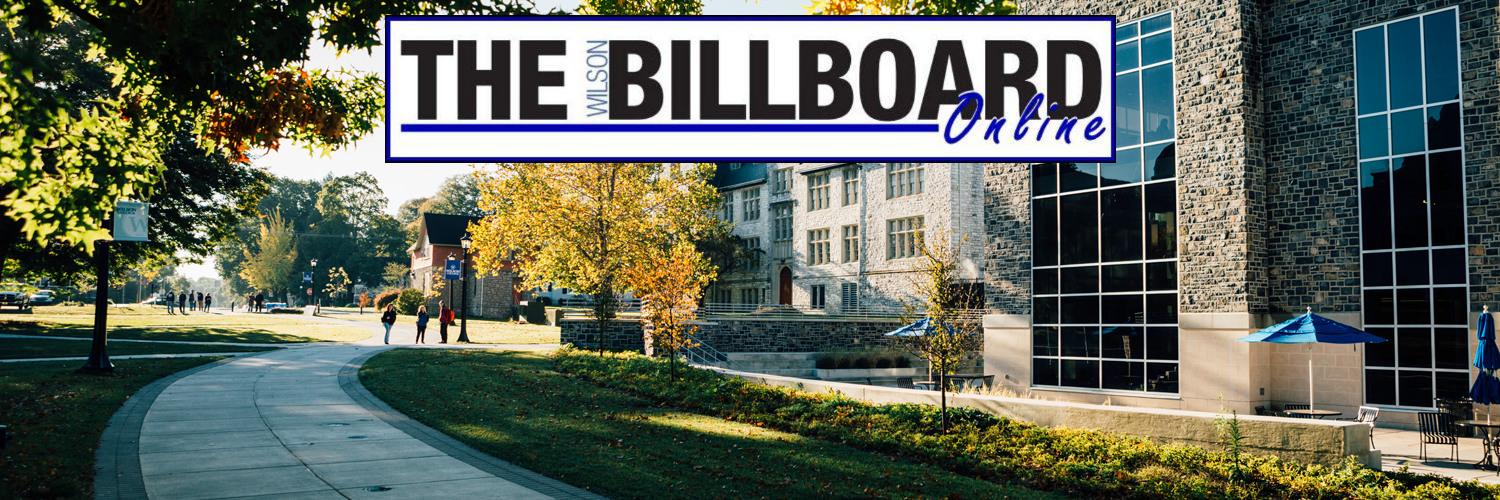Halloween History Has Current Cultural Significance
Halloween was the ancient Celtic feast of Samhain that took place in Ireland, England, and Northern France that started around October 31, 43 A.D. It symbolized the end of warm season and was a time when the dead were believed to return to Earth. The ancient Celts held sacrificial offerings, bonfire dancing, and costumes in order to provide a sense of safety for villagers.
As Halloween’s history progressed, Halloween was commorated by the Romans in 43 A.D. who blended their Pomona (apple goddess) festivals with the Celtic celebrations. Perhaps the modern tradition of.
A few centuries as these Roman and Celtic traditions continued, Washington Irving’s Sleepy Hollow (1820) depicted the Halloween colonial play parties that were thrown in 1790’s NY. Villagers shared stories about those they lost and performed fortune telling. In reaction to the 1846 Potato Famine, many Irish flocked to America and brought their traditions of “Stingy Jack” (Jack of the Lantern) and trick-or-treating with them. Neighbors went to houses asking for food and money from their friends to be donated to their families to provide them with a wealthy harvest. They received “soul cakes” from their neighbors who left bowls of food on their doorsteps. “Going a-souling” eventually became trick-or-treating and has lasted until modern times.
In 1979, “The Halloween That Almost Wasn’t” television film aired and encouraged a more fun loving view. Today, horror films saturate the market. The fun loving is sadly lost in the blood and guts. What needs do the “villagers” of today need to feel safe from? Perhaps nothing. It’s more recreational than ritualistic such as tales of historical figures Benjamin Franklin and Abraham Lincoln haunting the White House. The New York Village Halloween Parade, commemorated in NY annually, will premiere Monday, October 31, 2016. Perhaps since 43AD, the Celtic feasts are remembered properly.
